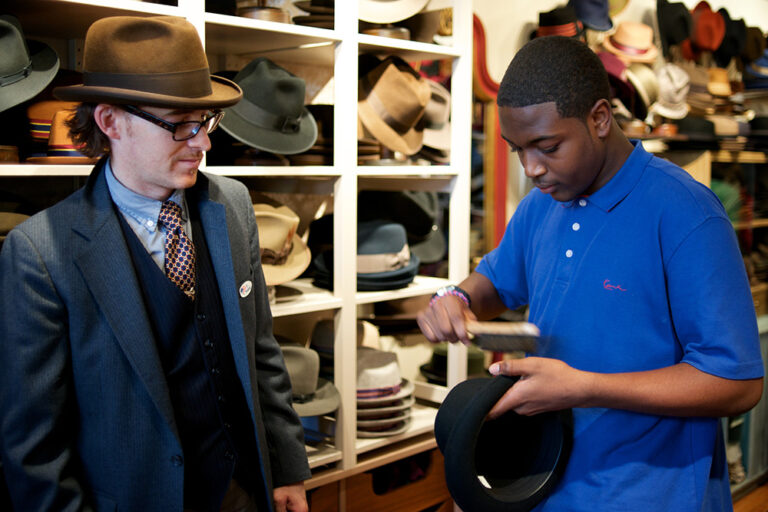
I recently read an article titled “What Young Men of Color Can Teach Us About the Achievement Gap” on NPR. The author interviewed Harvard education researcher Ron Ferguson on his latest report commissioned by the Urban Institute. Ferguson’s report centers on strategizing better educational outcomes for boys and young men of color.
Ferguson talks about the school environment as a “sociological predicament” for young men of color. They may enter school already several years behind grade level, and in school encounter challenging behaviors from peers; their racial and gender identities are shaped in part by these experiences. What results is that these young men may succumb to stereotype threat[1], where they subscribe to behaviors and attitudes that do not necessarily fit with their identity, but seem to be a requirement to fit in.
Ferguson’s insights caught my attention. I started thinking: how can Apprentice Learning collaborate with educators in our partner schools to combat this “sociological predicament”? And what strategies can we use so that our students do not feel “othered” in the world of work?
Our hope for Apprentice Learning is that all of our students, including young men of color, have an opportunity to reinvent themselves at their apprenticeship if they want to. We strive to match students with site partners based on their interests and abilities, so that they may “be who they really want to be” and not feel constrained by their position in the social structure.
Nazareth Child Care in Jamaica Plain has been a devoted site partner to Apprentice Learning. As one might expect, the majority of the students we send are female. This year we had two male students of color participate in the apprenticeship at Nazareth. What we witnessed in this new environment is that these young men were tender and nurturing; they broke from their school personas to show another side of themselves.
Students who struggle in school academically or behaviorally can find success at their apprenticeship. And they may encounter a space in which they can see themselves differently. Our goal is for students to begin to think about and plan for their future. This exploration begins with an understanding of who they are, perhaps outside of this sociological predicament, and where they want to go.
As Ferguson says, we have to be aware that there is a complex web of conditions that has gotten us where we are. We are by no means presenting Apprentice Learning as a silver bullet, nor are we trying to bash public education. Our hope is that through open dialogue and collaboration we can provide a better education of life to all of our students.
[1] Steele, C. (1997). A threat in the air: how stereotypes shape intellectual identity and performance. American Psychologist, 52(6), pp. 613–629.


